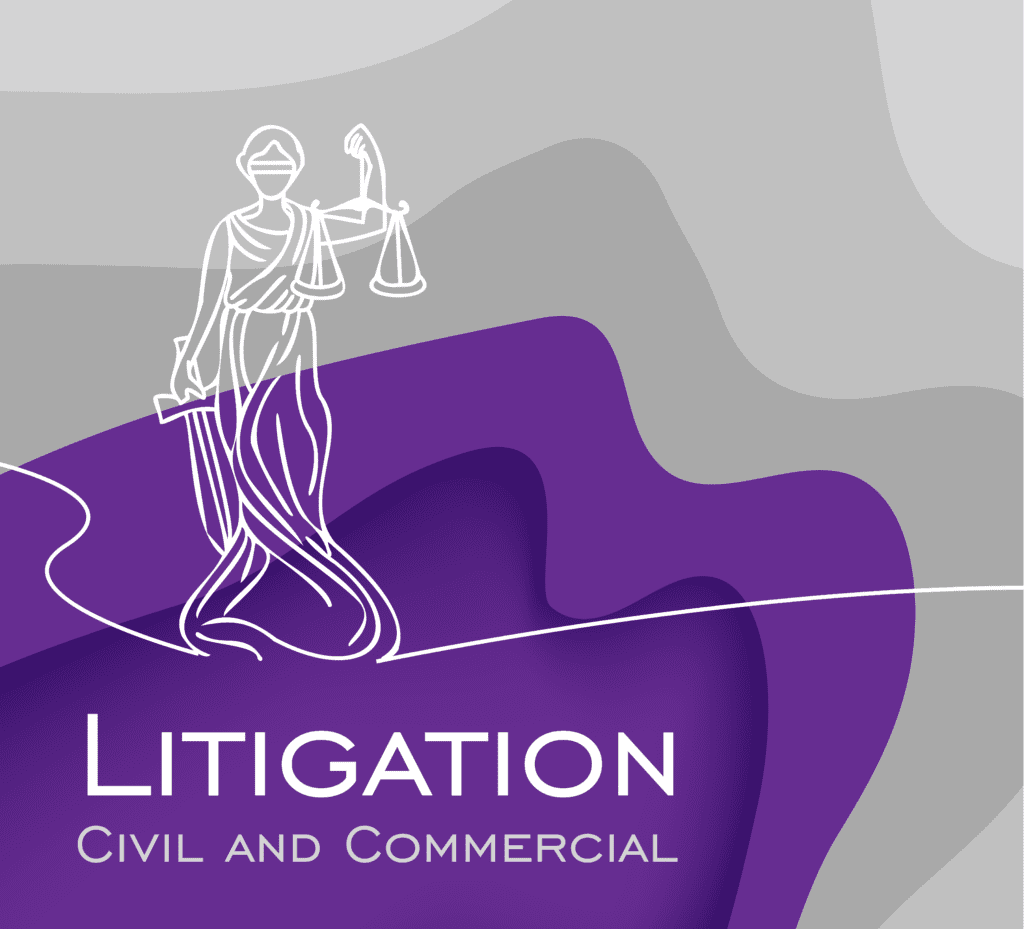Debt recovery can be exhausting when your debtor is showing no signs of repayment. In a few cases, taking legal action becomes necessary. If this is what you want to do, consider the following:
Steps to take prior to taking legal action
- Have a polite yet firm conversation in person with the debtor.
- At regular intervals, send him written reminders of the debt, also informing him about your plans of taking legal action. Have a copy of each reminder you send.
- Use a Debt Mediation Service to avoid spending too much time and money on legal proceedings. Through this service, you will receive professional help from mediators who are skilled in recovering debts.
- Finally, if nothing works, send a Letter Before Action (LBA) to the debtor. It is a final warning that legal action is going to be taken. A creditor is required to send an LBA before issuing any legal proceedings. The letter should contain details of the debt, time period to clear it, and consequences of not doing so.
If there is no response to the LBA, you are permitted to take legal action.
The first step is to issue county court proceedings. When you do this, the debtor will receive a court order requiring him to clear the debt within 14 days, either clearing the entire debt or making an agreement to pay in instalments.
If the debtor does not make payment or ignores the court order, a CCJ (County Court Judgement) is issued. A CCJ is a court order which gives the creditor power to enforce action on the debtor.
Types of enforcement actions you can take
- High Court Enforcement Officer – An HCEO is a private employee licensed by the court for debt recovery. He can be used only if the debt is above £600. His work is incentive driven since he is paid only if there are results. He has the authority to forcefully enter commercial premises if he has a good reason to do so.
- Bailiff Company – You can get bailiffs to step in and recover your debt. The bailiffs have authority to seize the debtor’s assets and auction them to pay the debt.
- Attachment of Earnings Order – It is an order informing the debtor’s employer that a portion of his salary must automatically be debited monthly or weekly to clear the debt. If the debtor is self-employed, unemployed, or a pensioner, this order cannot be used.
- Information Order – It is a court order summoning the debtor to the court for questioning. The debtor can make payment proposals. Failure to satisfy them will lead to action by the court.
- Charging Order – A charging order can be placed on assets like buildings or land of the debtor. It works like a mortgage. But it is not a quick procedure since the debt can be cleared only if the debtor sells property or re-mortgages it.
- Winding-up Proceedings – If the debt is above £750, a winding up petition can be sent to the court. When the court serves it, the debtor’s bank account will be frozen. To avoid that, a debtor may try hard to clear the debt.
- Statutory Demand – It is a formal demand of payment for debts above £5000. The debtor gets 21 days to make the payment. If he fails, a bankruptcy petition is issued to the court. The debtor will be summoned for hearing after which his assets can be liquidated to pay the debt.
As the above list suggests, there are many powerful enforcement actions for successful debt recovery. If you need any guidance on your debt recovery claims, kindly contact Aristone Solicitors.


